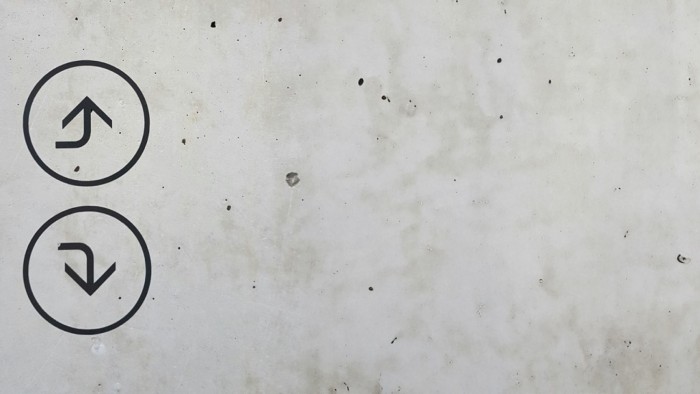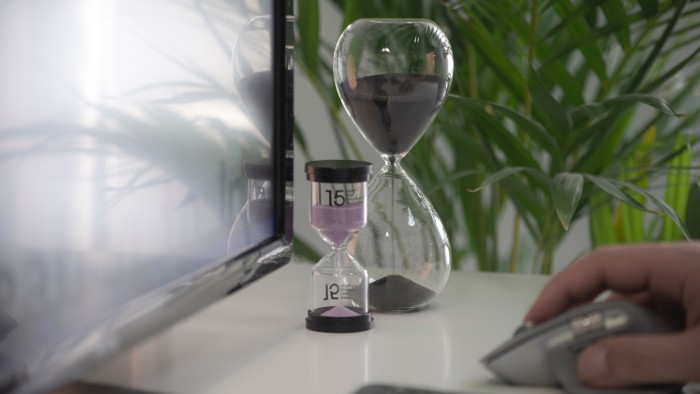How to respect the deadline, the budget and the quality of your project, our advice
When we start a new project, we must take into account 3 fundamental notions to ensure its success, in addition to the consumer benefit. These are the notions of cost, time and quality.

The cost, which is mainly defined by the budget you have available.
The deadline, which corresponds to the planned date by which the project must be put online.
The quality, which corresponds to the care with which the project was carried out in a functional and technical way.
Each of these three notions is interdependent and for each unexpected event encountered during the project, there can be more or less strong consequences on all of these 3 notions. It is therefore very important to identify potential risks as much as possible and adjust the roadmap and the planning budget accordingly.
Apply our advice to anticipate as much as possible the risks of unforeseen events and ensure the success of your project!
#1 Establish a budget and a baseline schedule
For many projects, the budget will generally be the first indicator to be respected. Thus, to avoid going over budget, it is essential that the initial budget be compared with the workload estimated by the members who will carry out the project.
This workload is calculated during costing sessions, known as "Poker Planning". The POM (Project Owner Manager) will then establish a detailed listing of the project tasks, then the whole design and technical team will estimate the tasks in points that will represent days or hours of work, for example.
So, for any task that does not fit in the initial list, you will know that you will have to estimate this new task and thus adapt the budget accordingly.
Also, thanks to this task estimation, the time needed to complete the project will be clearly identifiable, so you can build the project schedule. For the schedule that results from the task estimation, if a deadline was set, it may have to be readjusted or some tasks may have to be postponed in order to reach the initial schedule objective.
#2 Ensure effective follow-up with regular demo sessions
A demo is a scheduled presentation of your project during its construction phase. During this demo, the whole team is present: the design team, the technical team and the client. It allows to keep the whole team informed about the progress of the project. But it is also the opportunity to confirm with the client that the project is going in the desired direction and that the tasks presented meet the expectations defined. Or to give feedback that will allow to rectify some points without waiting for the very end of the project, which could in the worst-case scenario challenge the whole project.
This ceremony, which is very important, is found in the Agile methodology, a development and project management framework. Among this framework there are different strategies: Scrum, Kanban... It is therefore important to choose the methodology that best suits the needs of the project!
#3 Include risk management in your project
And it starts from the beginning!
As soon as all the bases of the project are laid with the definition of the need, you will be able, with your team, to study the feasibility of the project.
It is during this step that you will have to identify the risks that could arise during the realization phase of the project. It is therefore very important to include all team members: technical, design... The more actors involved in the project are present at this stage, the more potential risks will be identified.
Once the risks have been identified, you can classify them in order of importance, as they will not all have the same impact and therefore the same importance. According to this, you will then put in place an action plan to limit these risks or to find solutions that will counteract them.
While remaining vigilant during the project realization stage!
New risks may arise during the project. These new risks can emerge for many reasons, for example a project perimeter that has been enlarged.
A risk that had been identified beforehand can also have a new impact or even disappear due to a change within the project.
At Atipik, our POMs are responsible for the identification and management of these risks and ensure that they are followed up during your project meetings.
And by keeping these risks in mind for future projects!
Some risks will be generic to each project, with the experience and expertise of your team, you can quickly counter them.
#4 Surround yourself with a good team
Choosing a service provider for your project is not an easy task. Among all your criteria, there is one which, according to us, must be a determining factor in your choice: the relational dimension. Indeed, in order to ensure the success of your project from start to finish, it is essential that you and your provider become one.
- During the very first exchanges, your provider will have to understand your environment with its functioning, its values, and your vision of the project.
- Thereafter, a give-and-take exchange should be part of your relationship with the service provider who, through his expertise, will guide you and advise you on the best way to carry out your project. Above all, avoid yes-men who will lead you straight into the wall!
- Throughout the project, make sure that the team is well structured and accessible. Your main contact will remain the project manager, but all the members who build your project and who each have their own expertise must be accessible. Your collaboration will be all the more efficient.
In short, you need to find a real partner and not just a service provider!
By choosing Atipik, you will always be sure to make the right choice. Rely on a partner who has all the expertise to take care of your project and guide it to success!
Clara
Products & Projects manager


